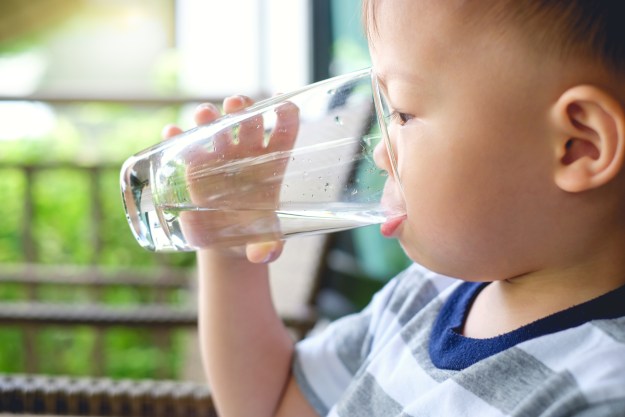
Are you tired of exposing your family to pesticides? Or genetically modified foods? Then consider investing in organic baby food and perhaps also one that is Non-GMO Project verified. Our list has options that match both of those criteria.
Organic baby foods often come in flavor combinations that adults probably wouldn’t eat, like apple with pear and green pea. While they might sound unappetizing to you, your baby is sure to love them. A benefit of these mixed flavors is that your little one is exposed to new tastes. Keep reading to find out about a few of our favorite organic baby foods.
Happy Tot Organic Stage 4 Super Foods
Most Nutritious

Happy Tot Organic Stage 4 Super Foods are a delicious and nutritious stage 4 organic baby food option. It includes 16 packs of baby food with four packs of each flavor. The flavors are artfully mixed. This baby food is packed full of nutrient-dense foods — one flavor has pears, mangoes, spinach, and kale.
Gerber Organic Fruit & Veggie Pack
Best Flavor

Gerber Organic Fruit & Veggie Pack has only fruits and vegetables in it. That means no salt or sugar is added; there are also no added flavors or colors. This organic baby food is Non-GMO Project verified and comes in squeezable pouches. Its flavors are age-appropriate and sure to be a hit with your child.
Amazon Brand Mama Bear Organic Baby Food
Best Budget

Amazon Brand Mama Bear Organic Baby Food is another stage 2 option. It is sold in packs of 12 squeezable pouches. It is gluten-free, Non-GMO Project verified, and kosher. This organic baby food is intended for babies ages 6 months and up. It has no added salt or flavors.
Feeding your baby organic baby food is an easy and healthy way to give them high-quality food. It often comes in pouches that can be squeezed so your older baby can feed themselves.


